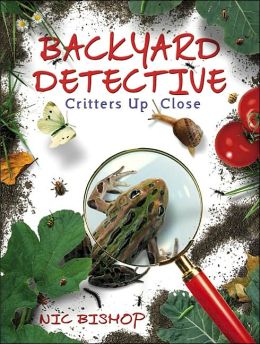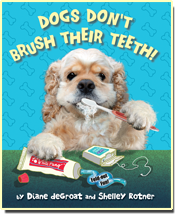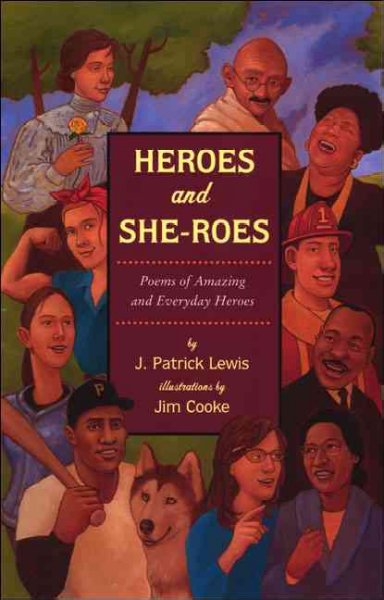Falling in Love with Close Reading...
You had me at hello.
Joy, love, passion, getting at the heart of the matter, like Chris and Kate, I believe that reading and writing workshops are
all about this “heart” work. Regie
Routman once said, “Unless we reach into our students’ hearts, we have no entry into
their minds.”
Joy,
passion, love…all lead to learning. Falling
in Love with Close Reading, Awakening
the Heart, Book Love, The Joy of Planning, such powerful themes resonate throughout these
texts. These are just to name a few
professional resources by those educators who have left heartprints* on our work… and the work we do with
students.
“Many people will walk in and out of your life, but only true friends will leave footprints in your heart.”
As Chris says, "Close reading is not something to be done to students. " It is not meant to be the way in which we
read everything. It is also not just
about the texts. It is about the
thinking. Like Chris mentioned, “looking
closely at nonfiction can lead you to love the subject, the writing, heck
perhaps even the entire text-type more.”
Read more from that post here: http://christopherlehman.wordpress.com/2013/09/16/blog-a-thon-post-5-closereading-nonfiction-why-and-oh/
There it is again: L-O-V-E. Whether it be a professional text, a life altering book
like Wonder or The One and Only Ivan, it will be that which sticks with you because
the author has left a mark (or in the case of Wonder and Ivan is able to tug at
your heart strings).
Heartprint books, heartprint authors. When thinking about "close reading", I think it is important to reflect on those texts worthy of
examination. This is why
we read "closely". We read to examine. We read to admire. We read to make sense .
We study. We reread. We question. We wonder.
We fall in love.
We all have mentor authors, both professional author educators that impact our teaching, and authors of children's literature that enter our
classrooms and become our co-teachers.
“With a room full of authors to help us teach, teaching
writing
(or close reading) doesn’t have to be so lonely."--Katie Wood Kay
Mentor authors, like, Katie Wood Ray and Jeff Anderson, have inspired me to be more attentive. The invitation to notice creates
opportunities for close reading. I
choose texts with my students that we want to emulate. We use noticing charts to name what the
author is doing, think about why, and then we try it.
So go ahead read closely. Find those powerful reading and
writing connections. Read like writers
and write like readers. How else do we
come to know? We study. We wonder. We ask questions. We seek
answers. We look within and beyond the
text. We investigate. And finally we
experiment. Isn’t that a path for those
career and college ready?
Chris and Kate remind us to reflect on purpose, passion, and process. What can we study closely that will help us teach the
readers and the writers in our room?
What might stick with them tomorrow? Re-read, re-visit and re-interpret those texts.
Find the passion, joy and love for learning. Fall in love.
Chris “nudged” me to write a post. He also asked me to share some of the mentor authors for nonfiction that I love. I tried to include all in a pic collage, but found out you can only hold 30 pictures. Being nerdy, that is not nearly enough. The list continues to grow and I feel lucky to have nerdy friends that introduce me to new titles often. Would love to hear from you too.
Experiment with note making vs. note taking. Students will be fascinated to "see" the notebook of Leonardo Davinci and inspired to keep their own inquiry notebook.
Illustration Study:
Explore Patterns in this book by Diane De Groot
What Dogs Do... What Dogs Don't Do
Great parallel text for illustration study- explore again and again.
Stars Beneath Your Bed is all about Dust. The interesting facts about dust are explained through beautiful language and make learning fun. April Pulley Sayres has many titles for young researchers: chants, alphabet books and more.
Voice:
You can explore text structure with students, but the real treat is sharing this for its scary but true humor.
Click to see how to "operate" moms and find tips and rules. Great model of voice for nonfiction writing.
All Abouts:Unique look at a different kind of "all about" book. Wonderful collection of short text that explores ways animals use bubbles: Fiona Bayrock's website for more info Fiona Bayrock's website |
Alphabet Books:
Short text arranged in alphabetical order that celebrates 26 women and 26 men who made a difference in our world.
 Photo Essays:"Spark an interest..." http://nicbishop.com/nic_bishop_003.htm 
Check out the Nic Bishop interview on his experience as researcher and how his "childhood sense of wonder about the world..." as well as his passion and the process impact his work.
Poetry favorites:J. Patrick Lewis
Visit: Inkthinktank.com to connect with more authors.
|
Which nonfiction mentor authors and texts do you love?









